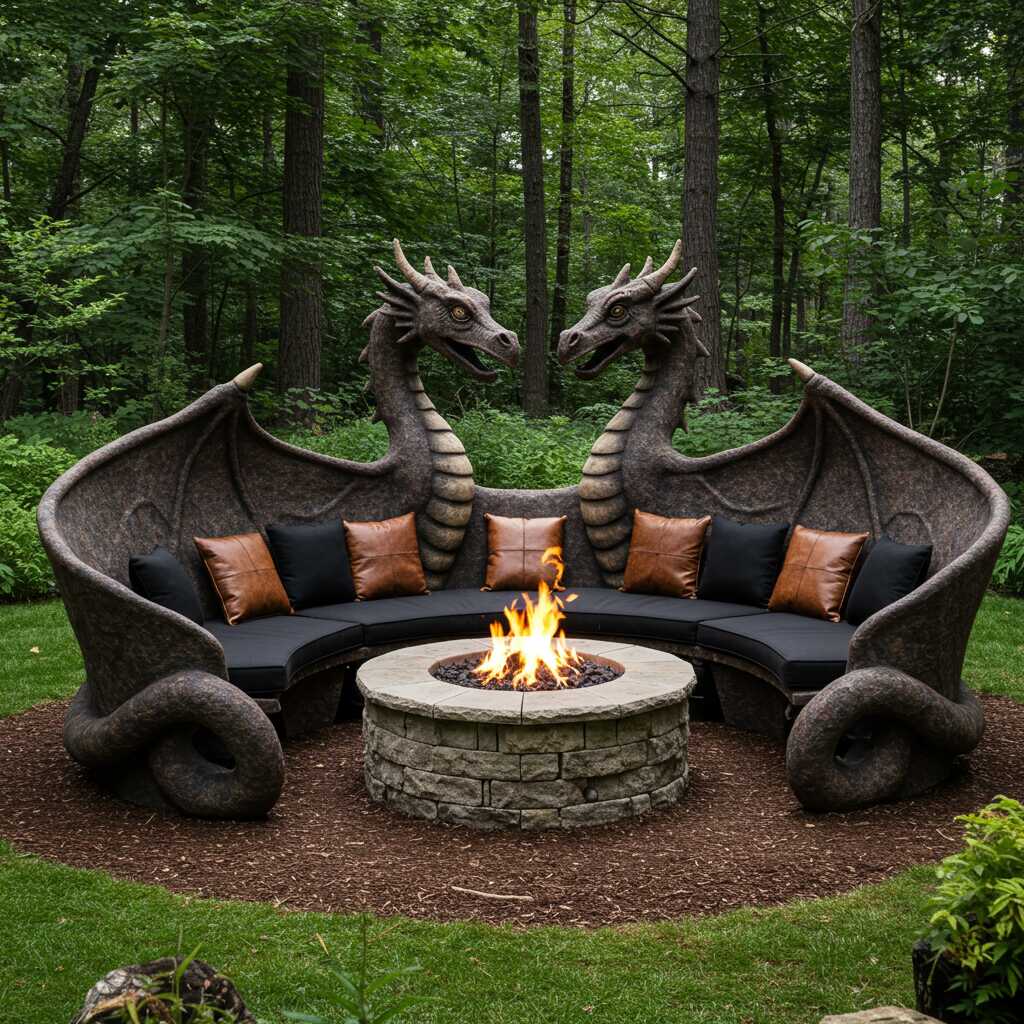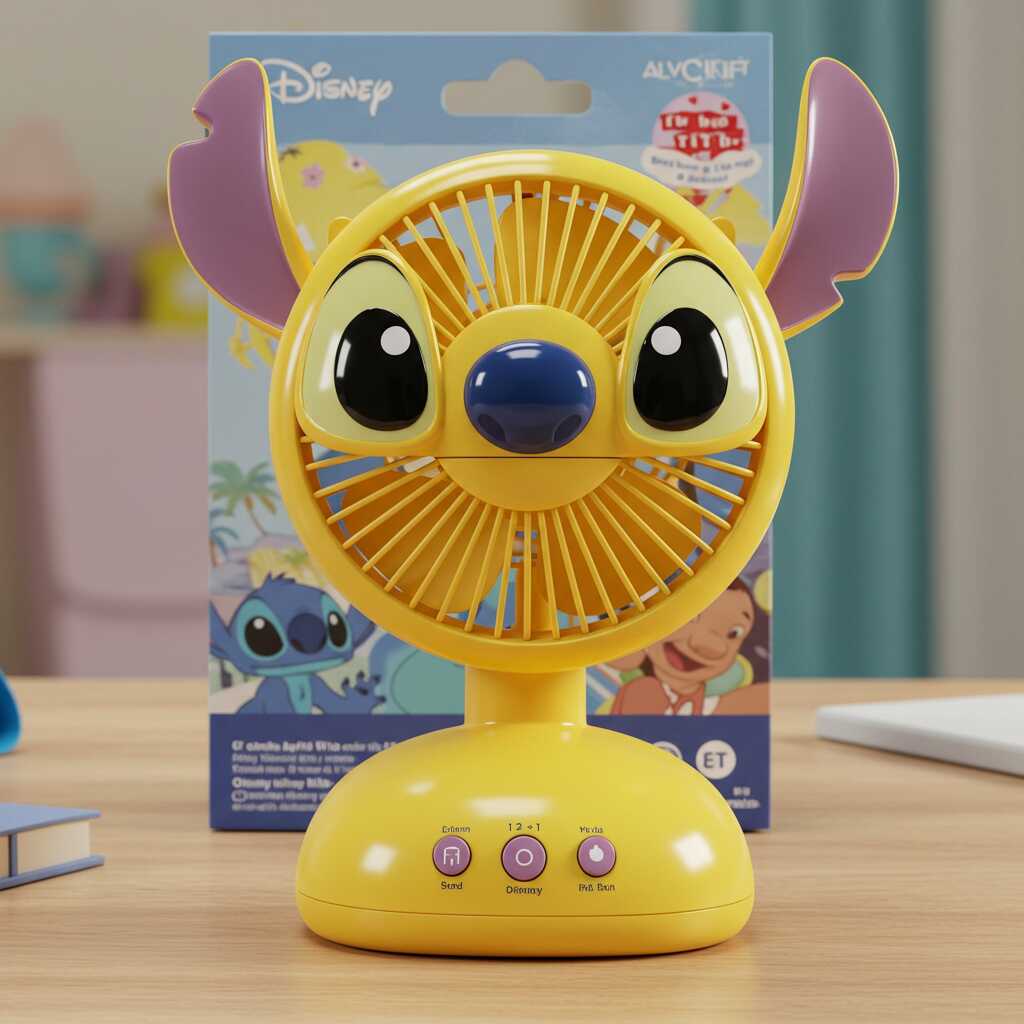In the ever-evolving world of interior design, where functionality meets creativity, few pieces of furniture manage to capture both practicality and whimsy quite like the cat shaped lounger. This unique piece transcends mere seating arrangements, transforming living spaces into realms of personality and character. The appeal of these feline-inspired loungers lies in their remarkable ability to blend form with function while adding an unmistakable touch of charm to any environment. These loungers represent more than just comfortable seating; they embody a spirit of playfulness and sophistication that speaks volumes about the homeowner’s personality.
The cat shaped lounger stands out as a testament to modern design innovation, where animal forms meet contemporary aesthetics. Its presence in a room immediately draws attention, creating a focal point that sparks conversation and curiosity. The gentle curves reminiscent of a sleeping cat, combined with carefully considered proportions, make it not just a functional piece but a statement of artistic expression. Unlike traditional furniture that often adheres to conventional shapes and designs, the cat shaped lounger dares to break boundaries, introducing organic forms that resonate with our natural affinity for animals.
What makes these loungers particularly fascinating is their versatility in contributing to a space’s overall atmosphere. Whether positioned in a minimalist setting or amidst eclectic decor, the cat shaped lounger maintains its distinctive character while adapting to various interior styles. Its presence can soften angular rooms, add warmth to sterile environments, and inject a sense of humor into otherwise serious spaces. The subtle anthropomorphism of the design creates an emotional connection with occupants, making the space feel more inviting and personalized.
Beyond its visual impact, the cat shaped lounger serves as a bridge between human comfort and animal inspiration. The ergonomic considerations built into these designs reflect a deep understanding of how people naturally seek comfort – much like cats do when finding their perfect resting spot. This fusion of human needs with feline elegance results in a piece that doesn’t just occupy space but actively enhances it, creating a harmonious balance between utility and aesthetic pleasure.
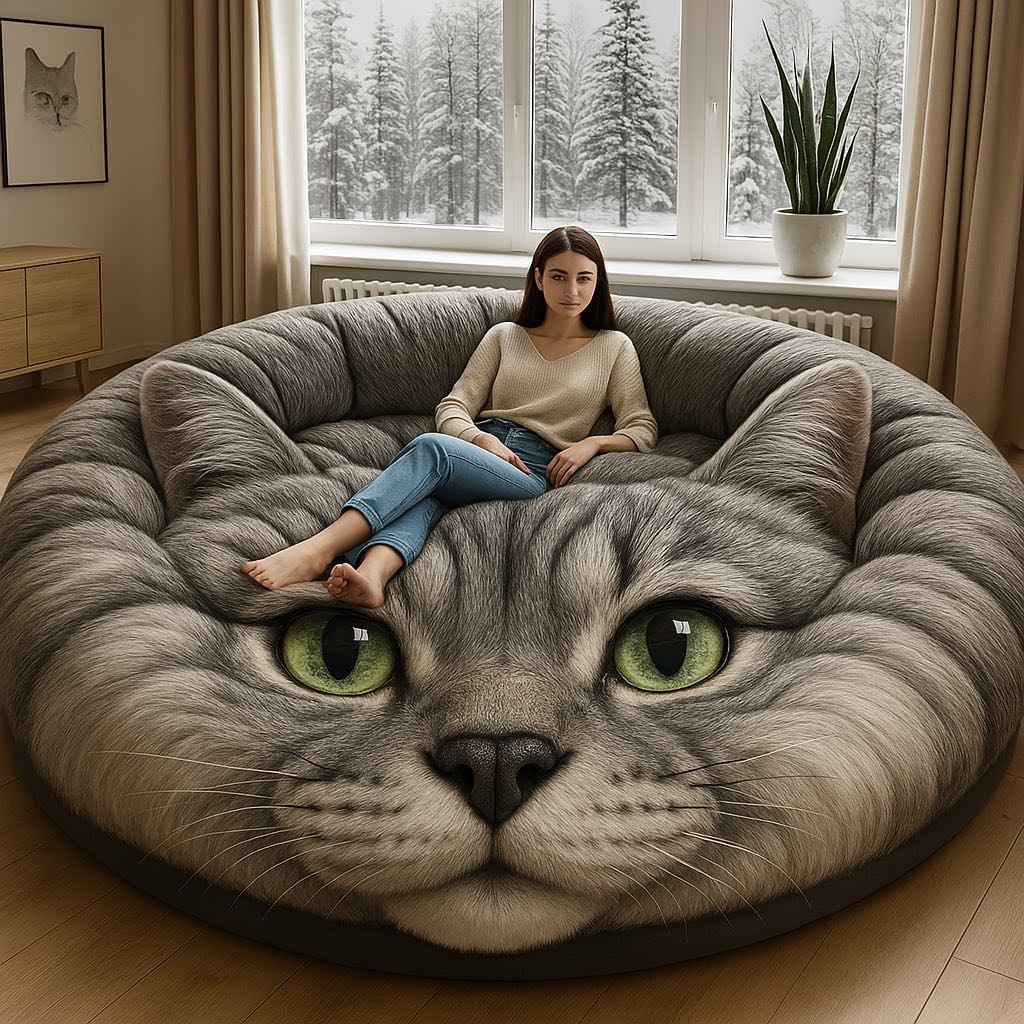
The Psychology of Feline Furniture: Emotional Connections and Mood Enhancement
The profound psychological impact of incorporating a cat shaped lounger into living spaces extends far beyond its physical presence. These unique pieces tap into humanity’s innate fascination with felines, triggering subconscious emotional responses that enhance our daily experiences. The gentle contours and familiar silhouette of a resting cat naturally evoke feelings of comfort and security, creating what psychologists term “environmental restoration.” This phenomenon occurs as our minds instinctively associate the feline form with relaxation and tranquility, effectively lowering stress levels and promoting mental well-being.
The emotional resonance of a cat shaped lounger manifests in several distinct ways within domestic environments. First, it serves as an anchor for positive associations, reminding inhabitants of cherished moments spent with beloved pets or fond memories of observing cats’ graceful movements. This emotional connection transforms the lounger from mere furniture into a source of comfort and joy, particularly valuable during challenging times when a familiar, comforting presence can significantly boost mood. The gentle curves and soft lines of the design subconsciously signal safety and protection, similar to how actual cats create safe havens in homes.
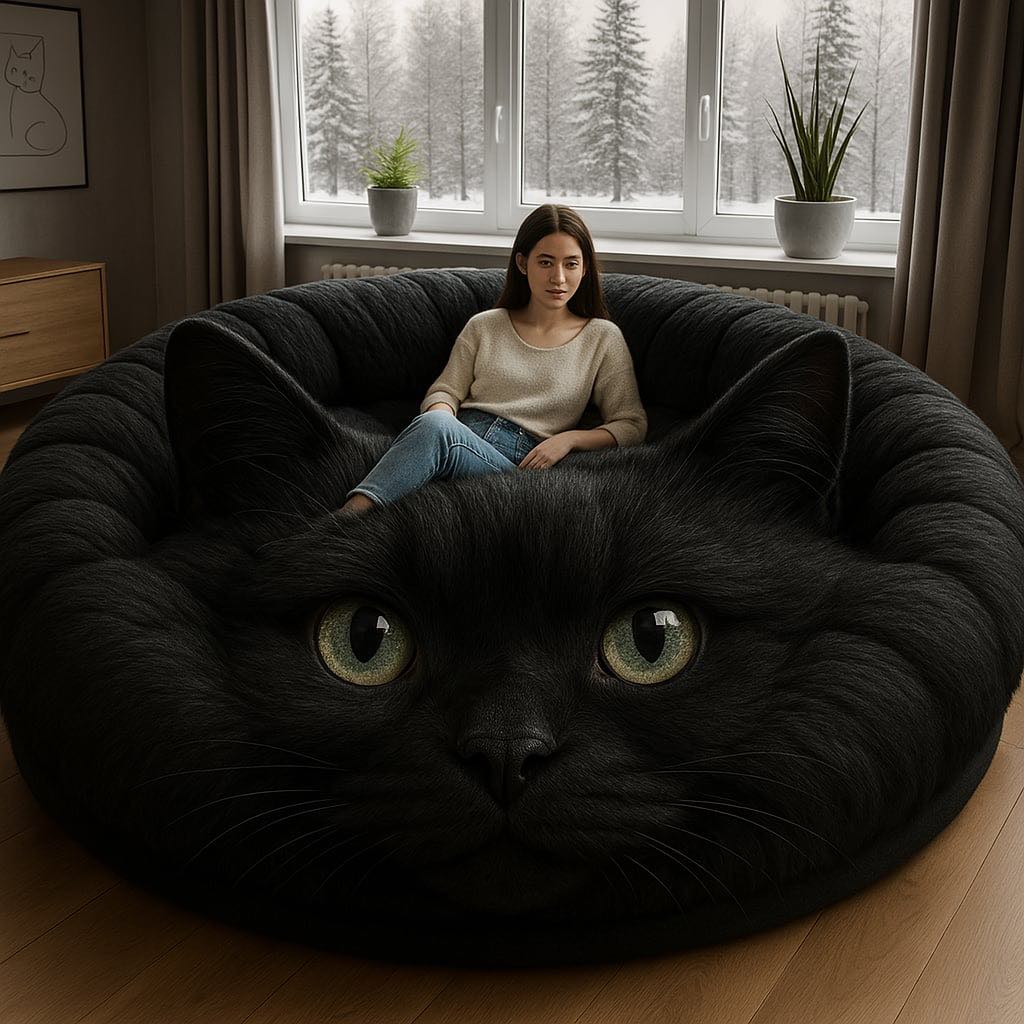
Moreover, the presence of a cat shaped lounger influences social dynamics within shared spaces. It acts as a natural conversation starter, breaking down barriers between guests and facilitating interpersonal connections. People are naturally drawn to discuss and interact with such distinctive pieces, leading to increased social engagement and community building. This social aspect becomes especially significant in multi-generational households or communal living situations, where the lounger serves as a unifying element that transcends age and cultural differences through our universal appreciation for feline grace.
The mood-enhancing properties of these loungers also extend to their contribution to environmental psychology principles. The organic shape provides a visual break from rigid architectural lines, introducing a sense of fluidity and movement that aligns with nature’s patterns. This naturalistic element helps reduce cognitive fatigue by offering eyes a restful point of focus, similar to how viewing actual animals in their environment promotes mental rejuvenation. The soft, rounded edges and gentle proportions create a calming visual rhythm that complements both active and passive areas of a home.
Furthermore, the psychological benefits of a cat shaped lounger manifest in improved mindfulness and stress reduction. The act of reclining on a piece designed to mimic a cat’s relaxed posture encourages users to adopt similar states of calmness and awareness. This physical-emotional connection fosters better breathing patterns and reduced muscle tension, creating a virtuous cycle of relaxation. The tactile experience of interacting with the lounger’s contours can trigger sensory memories associated with petting or observing cats, further enhancing the therapeutic benefits.
The timing aspect of these psychological effects is equally noteworthy. Morning interactions with the lounger can set a positive tone for the day ahead, while evening use helps transition the mind toward rest and relaxation. This temporal flexibility ensures that the emotional benefits of the cat shaped lounger are available precisely when needed most, whether serving as a morning meditation spot or an evening unwind zone. The consistent presence of this emotional anchor throughout daily routines helps maintain stable mood patterns and provides reliable access to its calming influence.
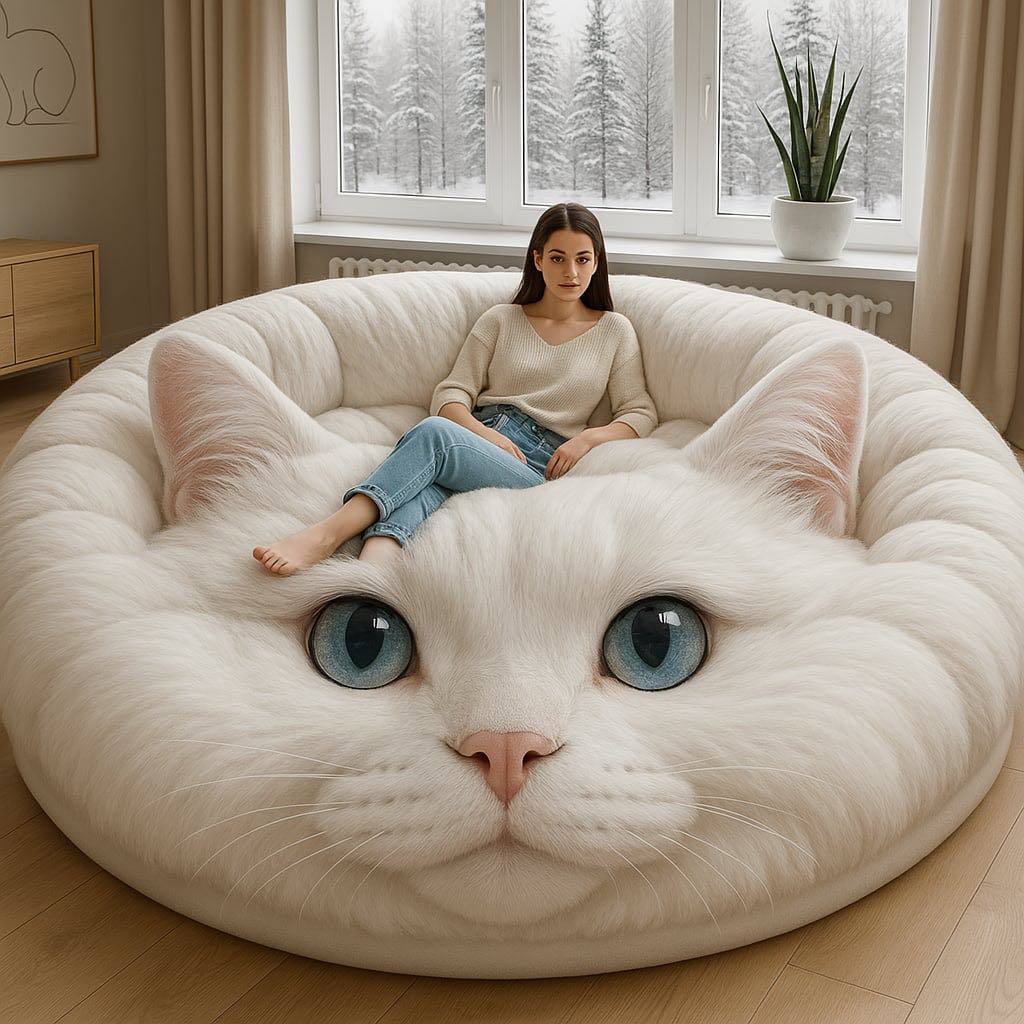
Design Versatility: Integrating the Cat Shaped Lounger Across Interior Styles
The remarkable adaptability of the cat shaped lounger across diverse interior design themes showcases its exceptional versatility in complementing various aesthetic approaches. In minimalist settings, where every piece must earn its place through both function and form, the lounger’s clean lines and organic shape introduce essential softness without overwhelming the space. Its presence breaks the monotony of straight edges and right angles, providing a welcome counterpoint to stark minimalism while maintaining the discipline of simplicity. The lounger’s silhouette becomes a sculptural element, demonstrating how even the most restrained environments can benefit from thoughtful, characterful additions.
When incorporated into bohemian interiors, the cat shaped lounger takes on a different role entirely, becoming a canvas for creative expression. Its surface readily accommodates rich textures through throw pillows, blankets, or draped fabrics, allowing homeowners to experiment with color palettes and patterns that reflect their personal style. The lounger’s inherent curves provide an ideal foundation for layering, encouraging the accumulation of eclectic elements that define boho-chic spaces. Artisans might choose to decorate around the lounger with complementary ethnic prints or handcrafted accessories, creating a cohesive yet dynamic vignette that celebrates global influences.
For those embracing mid-century modern aesthetics, the cat shaped lounger offers a unique opportunity to blend retro sensibilities with contemporary comfort. Its streamlined form echoes the era’s emphasis on organic shapes while its functionality aligns perfectly with the period’s commitment to practical design. The lounger can be strategically placed to complement classic pieces like Eames chairs or Noguchi tables, creating dialogue between vintage and modern elements. Wooden accents or warm-toned upholstery can further enhance this connection, bridging generations of design philosophy through a single, versatile piece.
In industrial-themed spaces, where raw materials and utilitarian elements dominate, the cat shaped lounger introduces necessary warmth and approachability. Its soft curves contrast beautifully against exposed brick walls and metal fixtures, softening the harshness of industrial architecture while maintaining the space’s authentic character. Designers might opt for versions featuring distressed leather or textured fabrics that echo the patina of aged factory floors, creating harmony between old-world craftsmanship and modern manufacturing techniques. The lounger’s presence becomes particularly striking when positioned beneath suspended lighting fixtures or near architectural features like steel beams.
The cat shaped lounger proves equally adept at enhancing contemporary luxury interiors, where its sophisticated silhouette contributes to high-end elegance. In these settings, the piece’s refined proportions and careful detailing elevate it beyond mere furniture to become a statement piece. Designers might choose versions upholstered in premium materials like velvet or cashmere, allowing the lounger to stand alongside other luxury items while maintaining its distinctive identity. The placement becomes crucial here – perhaps positioned before a grand window with city views or nestled in a reading nook surrounded by curated art books, maximizing its impact within the luxurious environment.
Even in children’s spaces, the cat shaped lounger demonstrates its versatility through imaginative integration. While maintaining its sophisticated design integrity, it transforms into a magical element within youthful environments. Its form invites storytelling and creative play while still serving as functional seating for reading or relaxation. The lounger can anchor themed rooms without appearing juvenile, proving that sophisticated design can successfully cross generational boundaries. Parents might surround it with educational toys or art supplies, creating a multifunctional space that grows with the child while maintaining adult-appropriate aesthetics.
The spatial relationship between the cat shaped lounger and its surroundings reveals another dimension of its versatility. In small apartments, its compact footprint and curved form maximize usable space while creating visual interest. Corner placements take advantage of otherwise wasted areas, while its 360-degree appeal ensures it never looks out of place regardless of orientation. In larger spaces, multiple loungers can create intimate conversation areas or serve as transitional pieces between different functional zones, demonstrating how scale affects but never limits their application.

Enhancing Living Spaces: The Transformative Impact of Cat Shaped Loungers
The incorporation of a cat shaped lounger into living environments represents more than just an addition of furniture – it signifies a conscious decision to infuse spaces with personality, emotion, and meaningful design. Throughout this exploration, we’ve witnessed how these distinctive pieces transcend their functional purpose, becoming catalysts for emotional well-being, social interaction, and aesthetic enhancement. From their ability to trigger positive psychological responses to their remarkable adaptability across diverse interior styles, these loungers demonstrate how thoughtful design can fundamentally transform our relationship with living spaces.
The true power of the cat shaped lounger lies in its capacity to create multifaceted value within homes. It serves as an emotional anchor, a conversation starter, and a design element simultaneously, all while maintaining its primary function as a comfortable resting place. This convergence of roles elevates the entire atmosphere of a room, making spaces feel more intentional, personal, and alive. The lounger’s presence reminds us that furniture should do more than fill space – it should enrich our daily experiences and reflect our unique identities.
As we consider the broader implications of integrating such distinctive pieces into our living environments, it becomes clear that the cat shaped lounger represents a new paradigm in interior design thinking. It challenges conventional notions of furniture design while offering solutions to modern living needs. The piece’s ability to adapt to various contexts while maintaining its distinctive character exemplifies how innovative design can bridge different aspects of human experience – from our deep-seated connections with animals to our desire for personalized, meaningful spaces.
